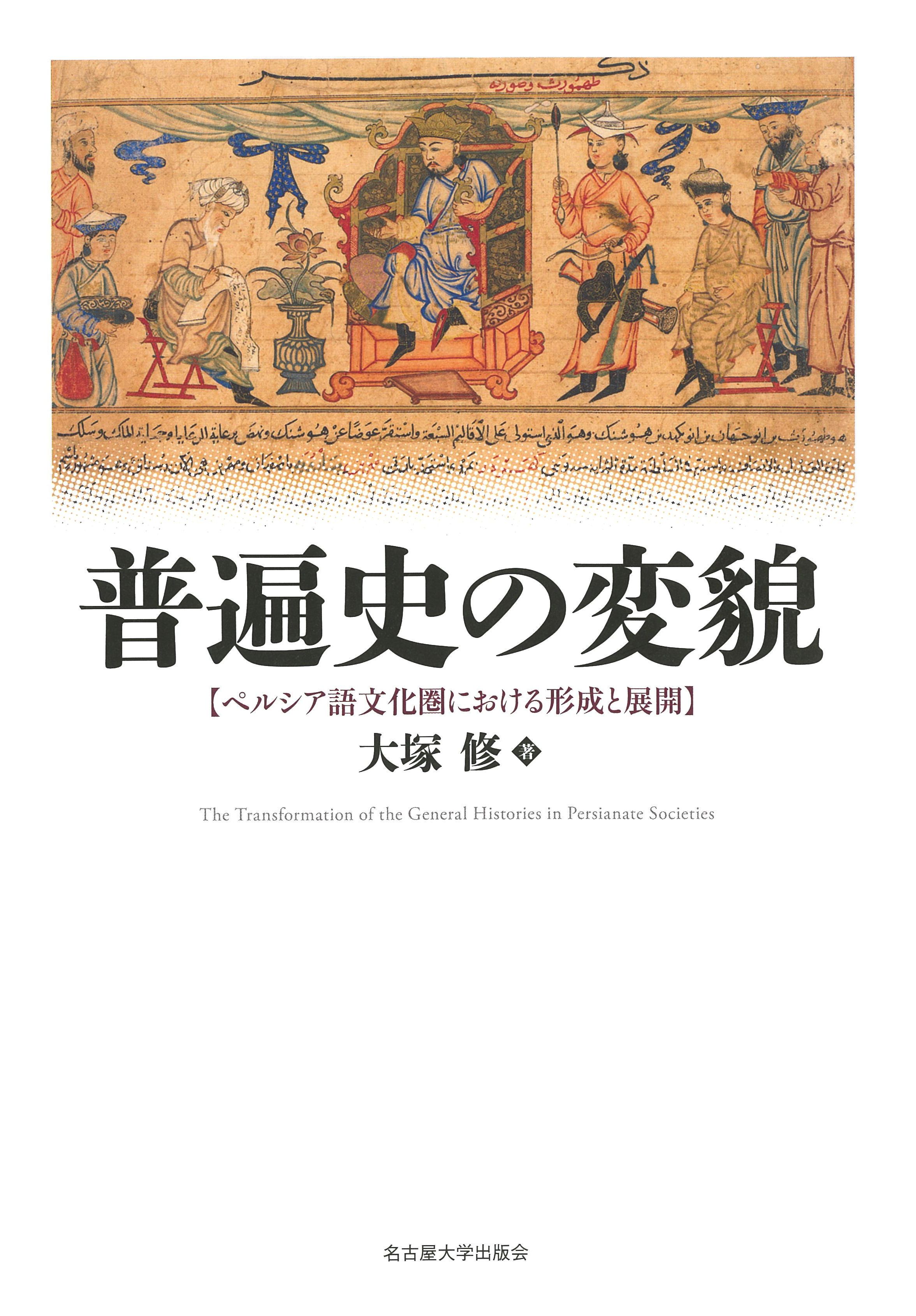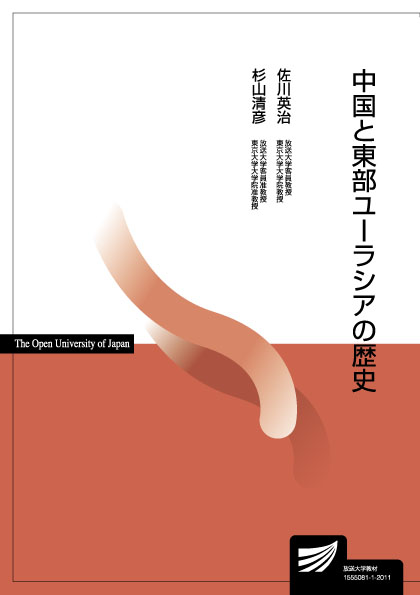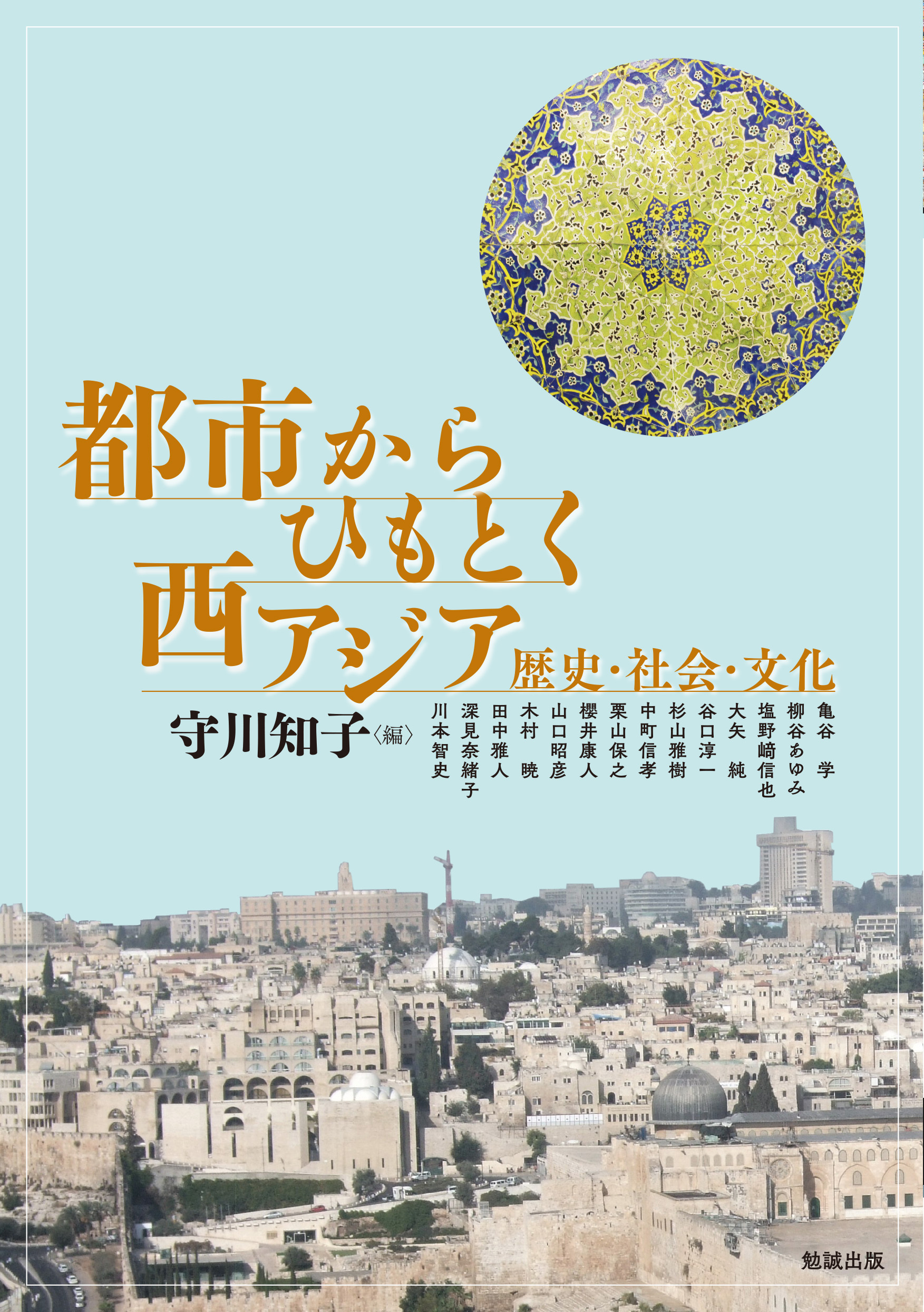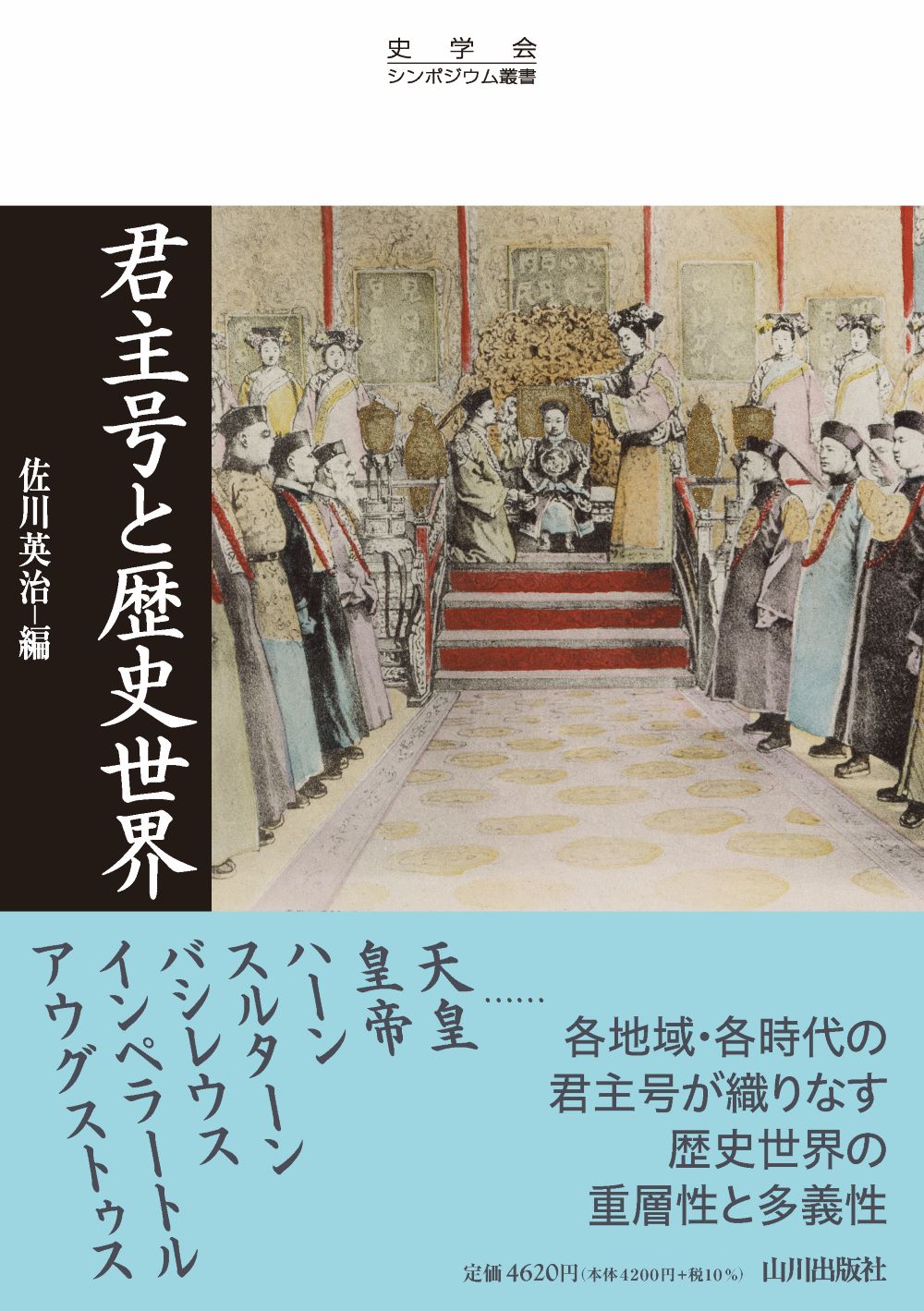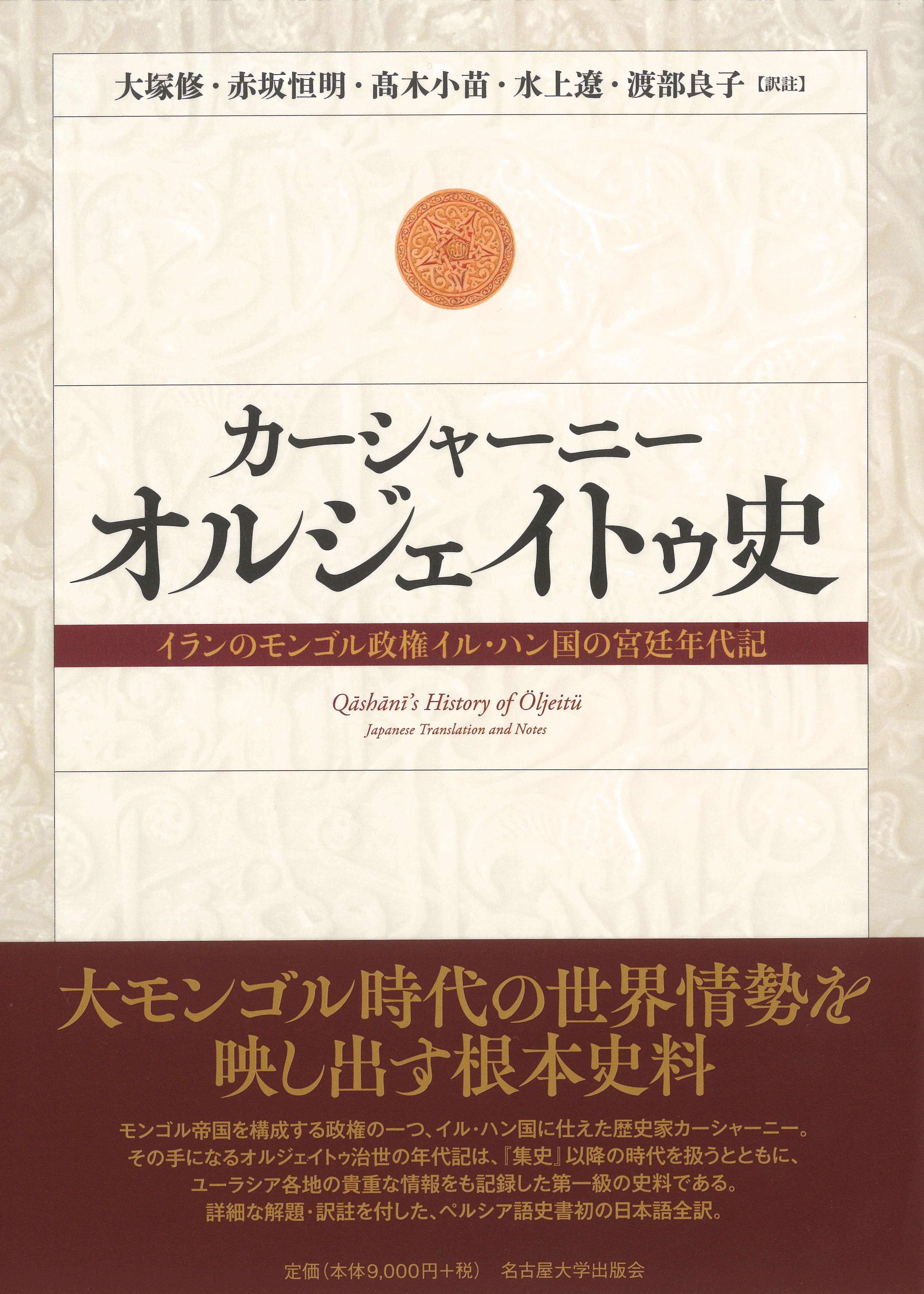
Title
Kāshānī Orujeitu shi (Qāshānī’s History of Öljeitü - Japanese Translation and Notes)
Size
516 pages, A5 format, hardcover
Language
Japanese
Released
November 20, 2022
ISBN
978-4-8158-1105-1
Published by
The University of Nagoya Press
Book Info
See Book Availability at Library
Japanese Page
This book is an annotated Japanese translation of the Tārīkh-i Ūljāytū (History of Öljeitü), a Persian chronicle compiled in West Asia during the Mongol period. The chronicle’s author, Abū al-Qāsim Qāshānī (d. after 1323), was a Persian historian who served in the Ilkhanid dynasty (1256-1357) established in West Asia by the Mongols, under its 7th and 8th rulers—Ghazan (r. 1295-1304), who is most known for his conversion to Islam, and his younger brother and successor, Öljeitü (r. 1304-16). As its title suggests, Tārīkh-i Ūljāytū is a biography of the Ilkhanid ruler Öljeitü that primarily chronicles events that occurred during his reign.
While the most famous Persian historical work compiled during the Mongol period is the Jāmiʿ al-Tawārīkh (Compendium of Chronicles) written by Rashīd al-Dīn (d. 1318) in 1307, the Tārīkh-i Ūljāytū written in circa 1318 provides a detailed record of the imperial court of the Ilkhanid dynasty after completion of the Jāmiʿ al-Tawārīkh. In addition to information about the imperial court, Tārīkh-i Ūljāytū contains contemporaneous information about other parts of the Mongol Empire such as the Jochi Ulus and the Chaghatai Ulus as well as neighboring Muslim dynasties such as the Mamlūks. Its detailed local histories of Erbil, Gilan, Hormuz, and India, which are not found in other sources, make it one of the most important historical sources for investigating the history of this period. It is worth noting that Qāshānī was unique as a historian insofar as he freely interjected his own opinions in his writing contrary to traditional Persian historical writing, which is very matter-of-fact. For example, on multiple occasions, he criticizes Rashīd al-Dīn, a vizier who was his own master and close associate. Such accounts are quite interesting when reconsidering the evaluation of Rashīd al-Dīn as a “great figure.”
That said, despite its importance as a historical source, it was relatively late (not until the 1960s) that the Tārīkh-i Ūljāytū was first published and made readily accessible to researchers. Unfortunately, the publication was rife with problems, and, to this day, an accurate edition of the text that can be used by the academic community does not exist. Given this background, the translation and commentary in this book was prepared in parallel with a close reading of the oldest extant manuscript (Istanbul, Süleymaniye Library, Ms. Ayasofya 3019/3, transcribed in 1351) and a complete reconstruction of the Persian text while referring to relevant sources (the Persian text is scheduled to be published separately within a few years) and contains new interpretation of the text. Although the Tārīkh-i Ūljāytū was written in Persian, it was compiled during the Mongol period when multiple languages were in use; thus, understanding the text requires knowledge of languages other than Persian—including Arabic, Turkic languages, Mongolian, and Chinese classical writing—and, above all else, knowledge of the cultural background of various regions in Eurasia. The monumental task of publishing this book was accomplished through a collaborative effort by five researchers. The notes and commentaries accompanying the translation reflect the latest research results; and, in this sense, the book also serves as a reference text for studying the history of the Mongol Empire.
To date, most Japanese translations of Persian works have been related to literary works, and none have been complete translations of historical works. As such, this book represents a first attempt at a complete translation of a Persian historical text. We hope that this book gives the reader a glimpse into the unique world view and rhetorical expressions of Persian historical works.
(Written by OTSUKA Osamu, Associate Professor, Graduate School of Arts and Sciences / 2023)



 Find a book
Find a book


